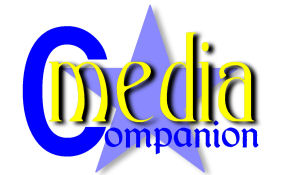cerberus
VIP

Posts : 409
Join date : 2011-06-10
 |  Subject: the SEALs' requirements Subject: the SEALs' requirements  Thu Jun 23, 2011 4:22 pm Thu Jun 23, 2011 4:22 pm | |
| In the mid-1980s individual Navy SEALs from a West Coast team had been using personally purchased custom fixed-blade knives made by Southern California knifemaker Phill Hartsfield.[24] Hartsfield's knives are hard ground from differentially heat-treated A2 tool steel and are known for their distinctive chisel-ground blades.[15][24] More accurately, they are also zero ground; that is, the edge has no secondary bevel, minimizing drag when used for cutting purposes. Emerson had long been impressed by the cutting ability of the chisel-ground edge and had asked Hartsfield's permission to incorporate it into his own folding knives, which Hartsfield granted.[24] When the SEALs asked Hartsfield to make them a folding knife, he informed them that he did not make folding knives and referred them to Emerson.[24][25][26] According to the SEALs' requirements, the knife had to be corrosion resistant, designed for easy cleaning in the field, durable enough to be used on a daily basis as a tool, and capable as a weapon should the need arise.[23] Emerson's folding chisel-ground "tantō" became the sixth model in his Viper series and, while a handful of prototypes were referred to as "Viper 6", the model was soon named the "CQC-6" (CQC refers to close-quarters combat) and was chosen by the SEALs for use.[17][23][24][25]g Ownership of a CQC6 soon became something of a status symbol among members of various elite military units, including Navy SEALs, Army Special Forces, German GSG 9, and British SAS.[2][9][10][14][23][27][28]hij Because of this connection to the Special Warfare community, Emerson changed the name of his custom knife line to "Specwar Knives", and in 1996 this new designation began appearing in the logo on his blades. coloured contact lensescalderas de gas | |
|
